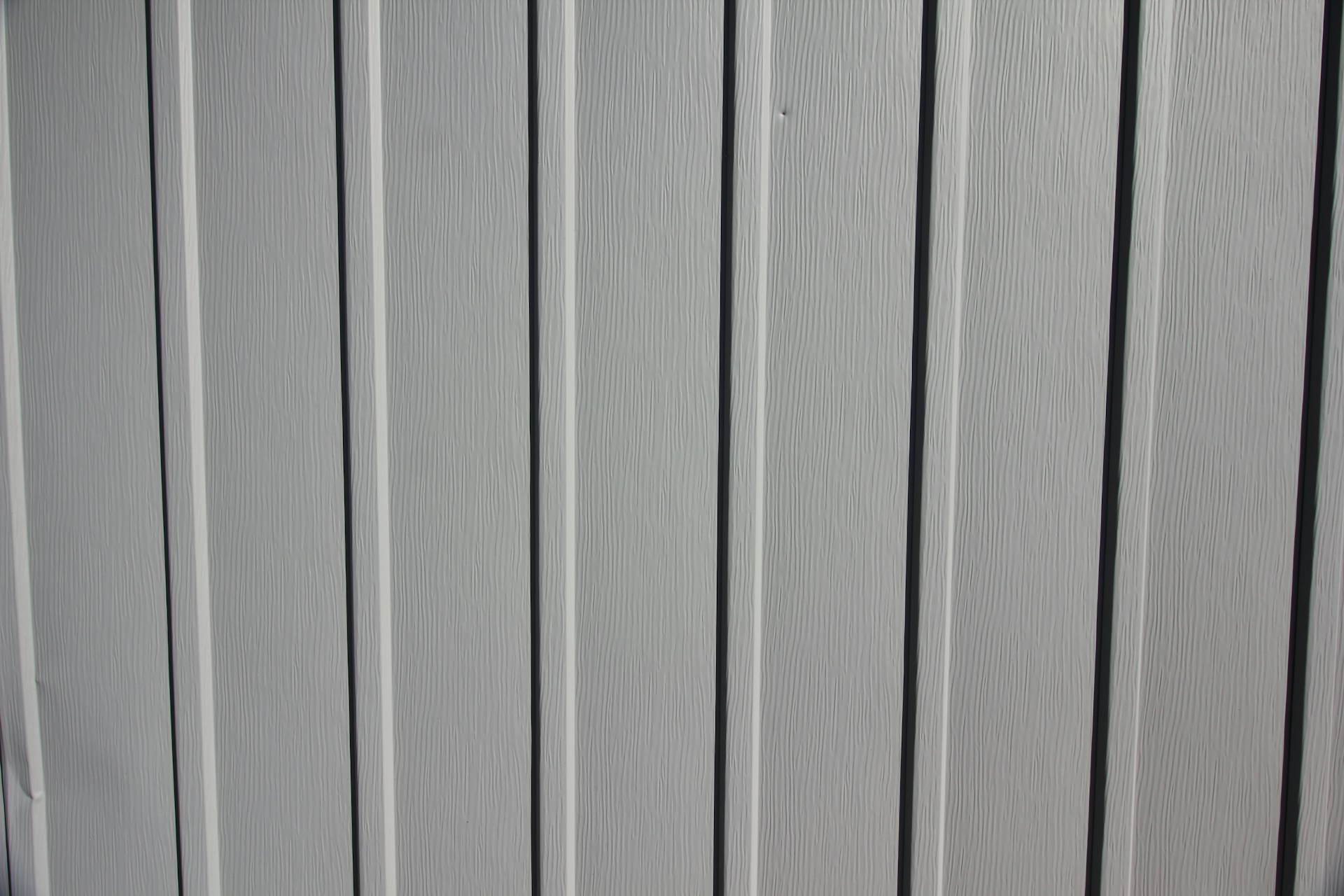Taking care of your home’s siding is essential for keeping it looking new and ensuring it performs well. Proper maintenance can make a significant difference, extending the life of your siding and maintaining your home’s curb appeal. It’s not just about appearance; well-maintained siding protects your home from the elements and helps with energy efficiency.
Your siding faces various challenges throughout the year, from harsh weather to dirt buildup. Regular cleaning and appropriate maintenance practices can prevent these issues from becoming major problems. Small tasks, like washing your siding and making minor repairs, can have a big impact. Whether it’s seasonal upkeep or simple preventive measures, a few steps can go a long way.
In this article, we’ll cover the essentials of siding care. We’ll talk about why regular cleaning matters, how to prevent damage, what seasonal maintenance steps you should take, and how to handle minor repairs. By following these tips, you can keep your siding in top shape and your home looking great.
The Importance of Regular Cleaning
Regular cleaning plays a crucial role in maintaining the appearance and functionality of your siding. Over time, dirt, grime, and mildew can accumulate, causing your siding to look worn and aged. Cleaning your siding helps it stay fresh and bright, enhancing your home’s curb appeal.
1. Prevents Staining:
- Dirt and mildew can cause stains that become difficult to remove if left untreated. Regular cleaning stops stains from setting in and keeps your siding looking new.
- Use a soft-bristle brush and a mild detergent to scrub away any buildup. A garden hose can be handy for rinsing off the detergent and grime.
2. Maintains Material Integrity:
- Some debris, like bird droppings and tree sap, can eat away at the siding material. Cleaning removes these harmful substances, protecting the integrity of the siding.
- Vinyl, wood, and fiber cement siding all benefit from routine cleaning to avoid long-term damage.
3. Improves Home Health:
- Mold and mildew can pose health risks to your household. Regular cleaning keeps these hazards at bay, ensuring a safer living environment.
- For persistent mold issues, a mixture of water and white vinegar can be effective.
Cleaning your siding at least once a year can prevent many common problems. A well-maintained exterior not only looks good but also has a longer lifespan, giving you better value for your investment.
Best Practices for Preventing Damage
Preventing damage to your siding involves both proactive measures and regular checks. Here are some best practices to keep your siding in top shape:
1. Trim Overhanging Branches:
- Trees and shrubs that rub against your siding can cause scratches and dents. Regularly trimming overhanging branches will prevent this damage.
- Keeping foliage away from your siding also helps prevent mold and mildew buildup.
2. Use Proper Tools for Cleaning:
- Avoid using harsh chemicals or abrasive tools that can damage the surface of your siding. Stick to soft brushes and gentle cleaning solutions.
- Pressure washers can be used but must be set to a low pressure to avoid damaging the siding.
3. Inspect for Gaps and Cracks:
- Regularly check for gaps, cracks, or holes in the siding. These can let moisture in, leading to rot and other structural issues.
- Seal any gaps promptly using a high-quality caulk appropriate for your siding material.
4. Keep Gutters and Downspouts Clean:
- Clogged gutters can overflow and lead to water damage on your siding. Regularly clean your gutters and ensure downspouts are directing water away from your home’s foundation.
- Consider installing gutter guards to prevent leaves and debris from accumulating.
5. Avoid Direct Contact with Landscaping:
- Ensure that your landscaping doesn’t touch the siding. Mulch, soil, and plants against the siding can transfer moisture, leading to rot and mold.
- Create a buffer zone between your siding and any ground cover to facilitate proper airflow and drying.
By following these preventive measures, you can avoid common hazards that lead to siding damage. Taking a few simple steps now can save you from costly repairs in the future.
Seasonal Maintenance Tips
Seasonal maintenance helps prepare your siding for varying weather conditions throughout the year. Each season brings different challenges, and addressing them promptly keeps your siding in optimal condition.
1. Spring and Summer:
- Wash Away Winter Grime: Use a garden hose to rinse off any salt, dirt, or debris that accumulated during the winter. For tougher grime, a soft brush and mild detergent do the trick.
- Inspect for Damage: Check for any damage caused by winter storms. Look for cracks, loose panels, or any signs of wear and tear that need immediate attention.
- Check Caulking: Reapply caulk around windows and doors if necessary to maintain a tight seal and prevent moisture from entering.
2. Fall:
- Clear Gutters: Make sure your gutters and downspouts are free from leaves and debris. This prevents water from overflowing and damaging your siding.
- Trim Vegetation: Cut back any branches or plants that may touch your siding. This helps to prevent scratches and allows adequate air circulation.
- Inspect for Pests: Look for any signs of pests that may have nested during warmer months. Address any issues promptly to prevent damage.
3. Winter:
- Protect from Snow and Ice: Ensure that snow and ice do not pile up against your siding. Use a snow rake to remove excess snow from your roof to prevent it from sliding down and damaging the siding.
- Monitor for Ice Dams: Check for ice dams, which can lead to water seeping behind the siding. Proper attic ventilation and insulation can help prevent this.
- Be Cautious with Salt: If you use salt to melt ice on walkways, be careful not to splash it onto your siding, as salt can cause staining and damage.
By following these seasonal tips, you can protect your siding from seasonal stresses and keep it looking new all year round.
How to Handle Minor Repairs and Touch-Ups
Handling minor repairs and touch-ups promptly can prevent small issues from becoming major problems. Here are some simple steps to address common siding issues.
1. Fixing Small Cracks and Holes:
- Clean the Area: Before making any repairs, clean the damaged area to remove dirt and debris. This helps the repair materials adhere better.
- Use Caulk or Patch Kits: For small cracks or holes, use a high-quality caulk or a siding patch kit that’s appropriate for your siding material. Apply it smoothly to seal the damage.
2. Replacing Damaged Panels:
- Remove the Broken Siding: Gently pry off the damaged panel using a siding removal tool or a flat pry bar. Be careful not to damage the surrounding panels.
- Install New Panel: Fit the new panel into place, ensuring it’s aligned correctly. Nail or secure it according to the manufacturer’s instructions.
3. Touch-Up Paint:
- Match the Color: If your siding is painted, keep some extra paint on hand for touch-ups. Match the color as closely as possible for a seamless repair.
- Apply Evenly: Use a brush or roller to apply the paint evenly over the damaged area. This helps blend the repair with the surrounding siding.
Small repairs and touch-ups can keep your siding looking fresh and prevent further damage. Regularly inspect your siding for minor issues and address them promptly to maintain its durability and appearance.
Conclusion
Keeping your siding looking new involves regular cleaning, preventive measures, seasonal maintenance, and addressing minor repairs promptly. Each step plays a vital role in protecting your home and ensuring your siding remains in excellent condition. Regular upkeep not only enhances your home’s curb appeal but also extends the lifespan of your siding.
Ignoring these simple maintenance tasks can lead to bigger problems down the line, costing you more time and money. By staying proactive, you can avoid costly repairs and enjoy a well-maintained home exterior.
If you need professional siding repair services, don’t hesitate to reach out to RainTite Roofing & Construction. Contact us today for expert advice and quality service to keep your home looking its best!

